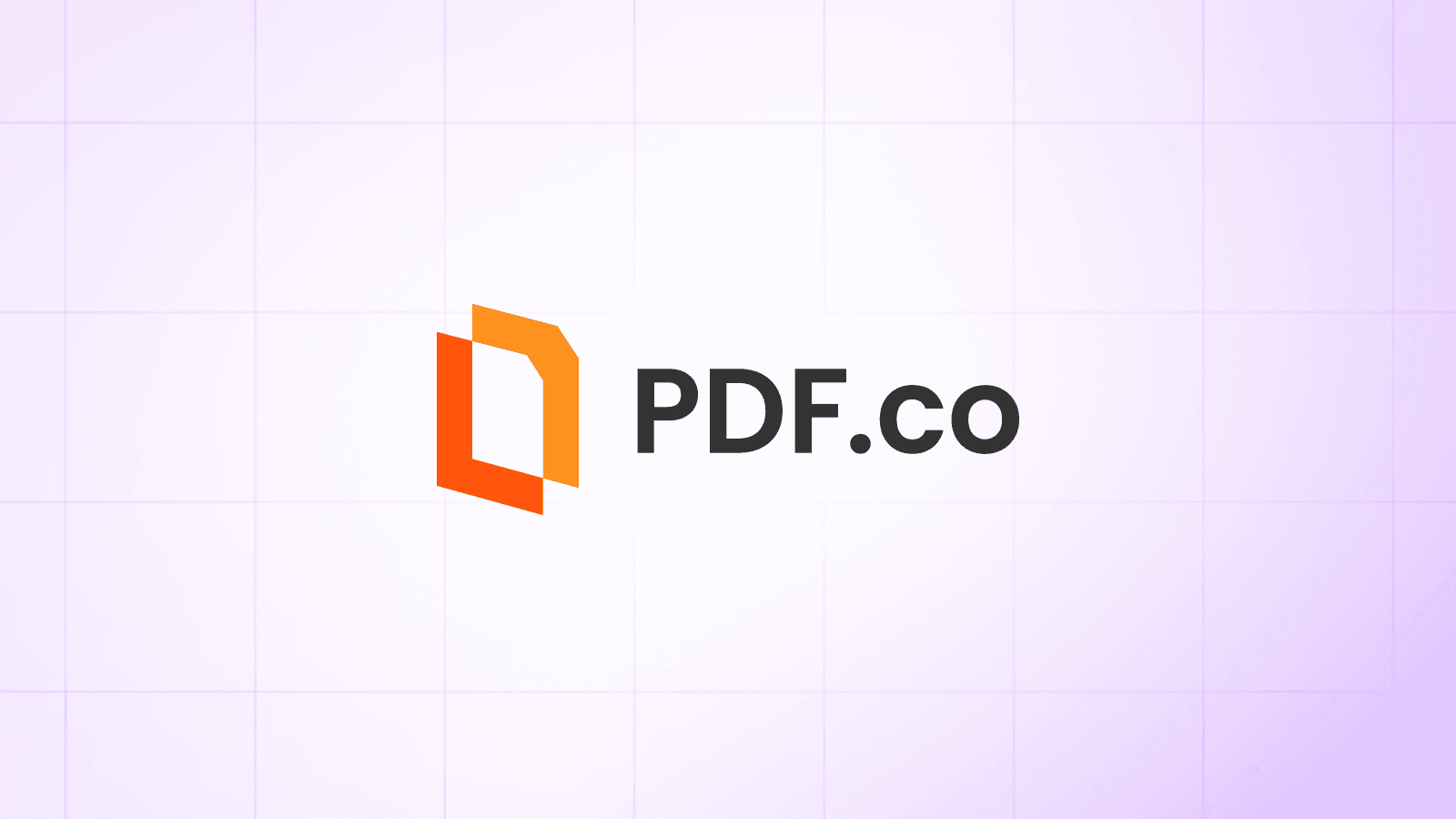Customer Engagement Summary Spreadsheet to PDF Automation
What You’ll Have When Done
A fully automated system that monitors your inbox for new Customer Engagement Summary spreadsheets, converts them to PDF using PDF.co, and automatically uploads the final PDF into a designated folder in Google Drive.
This is perfect for:
- Engagement and performance reports
- Customer success dashboards
- Monthly/weekly activity summaries
- Quick distribution of finalized reports without manual conversion
Prerequisites
Before you begin, make sure you have:
- A PDF.co API Key (Get yours here)
- An IMAP email account (e.g., Gmail, Outlook) connected in n8n
- A Google Drive account connected in n8n
- An n8n instance (cloud or self-hosted)
- A Google Drive folder for storing converted PDFs
- A sample engagement summary spreadsheet to test the workflow ( you can prepare one with metrics like total sessions, retention rate, top accounts, NPS score, etc.)
Quick Start Options
Option A: I Want It Working Now
- Import this workflow template → (Download JSON file)
- Connect your IMAP email credentials
- Connect your Google Drive account
- Add your PDF.co API key in the PDF.co nodes
- Update your Google Drive Upload node with the destination folder
- Send yourself a test email with a spreadsheet attachment (e.g.,
Customer Engagement Summary.xlsx) . Sample Test File: Link Here - Activate and watch it run
What This Automation Does (Overview)
- Monitors your email inbox for new messages with “Customer Engagement Summary” in the subject line.
- Automatically uploads the attached spreadsheet to PDF.co.
- Converts the spreadsheet into a clean, well-formatted PDF using autosizing.
- Downloads the generated PDF file.
- Uploads the PDF to your Google Drive output folder for storage and sharing.
Example: You email Customer Engagement Summary.xlsx to your reporting inbox → the workflow detects it → converts to PDF → and stores Customer Engagement Summary - 2025-10-18.pdf in your Drive output folder.
Step 1: Monitor Inbox for Customer Engagement Reports
Node: Email Trigger (IMAP)
What Happens Here
This step listens to your inbox and triggers the workflow whenever a new unread email with the subject line “Customer Engagement Summary” arrives. It also fetches the attachment (spreadsheet) so the next steps can process it automatically.
Configuration Details
- Download Attachments:
true
Custom Email Config: ["UNSEEN", ["SUBJECT", "Customer Engagement Summary"]]
- This ensures only new, unread emails with the matching subject trigger the flow.
Success Looks Like: The workflow starts immediately when an email with a spreadsheet attachment is received, and the file is available as binary data for conversion.
Step 2: Upload Attachment to PDF.co
Node: PDFco Api (Upload File to PDF.co)
What Happens Here
This node uploads the spreadsheet attachment received from the email trigger to PDF.co’s cloud so it can be processed and converted in the next step.
Configuration Details
- Operation:
Upload File to PDF.co - Binary Data:
true - Binary Property Name:
attachment_0(the first attachment) - Name:
={{ $json.subject }}(sets the uploaded file name dynamically)
Success Looks Like: PDF.co returns a secure url pointing to the uploaded spreadsheet.
Step 3: Convert Spreadsheet to PDF
Node: PDFco Api1 (Convert to PDF)
What Happens Here
This step converts the uploaded spreadsheet file into a high-quality PDF.We also apply an autosizing parameter so the layout fits nicely in portrait orientation, ensuring the final PDF looks polished.
Configuration Details
- Operation:
Convert to PDF - Convert Type:
fromXlsx - URL:
={{ $json.url }}(from previous node)
Advanced Options → Profiles: {'std_params': {'autosize': 'true'}}
What this does: autosize: true ensures the spreadsheet columns and rows adjust automatically during conversion, so no content is cut off in the PDF.
Success Looks Like: PDF.co returns a new url pointing to the converted PDF file.
Step 4: Download the PDF
Node: HTTP Request
What Happens Here
This step takes the PDF.co output URL and downloads the PDF file into the workflow as binary data, ready for uploading.
Configuration Details
- URL:
={{ $json.url }}(from PDF.co conversion step) - Method:
GET
Success Looks Like: The workflow successfully fetches the PDF file, and it’s available in memory for the final upload step.
Step 5: Upload PDF to Google Drive
Node: Google Drive
What Happens Here
This step uploads the final PDF to a specific Google Drive folder. This folder can be shared with your team or used as an archive.
Configuration Details
- Parent Drive:
My Drive - Parent Folder: Select your destination folder ID (e.g., “OUTPUT_FOLDER”)
- Operation:
Upload(automatically picks the binary file)
Success Looks Like: Your new Customer Engagement Summary PDF appears in the output folder with the same filename as the original spreadsheet.
Final Workflow Overview
- IMAP Email Trigger → Detect new engagement reports
- PDF.co Upload → Upload spreadsheet
- PDF.co Convert → Convert to clean PDF with autosizing
- HTTP Request → Download PDF
- Google Drive → Save in output folder
Pro Tips & Best Practices
- Use a consistent subject line (e.g., “Customer Engagement Summary”) to keep filtering clean.
- Include the
autosizeparameter to control the look of the final PDF. - Combine this with a notification node (Slack, Email) to alert teams when new reports are available.
- Schedule cleanup rules to archive processed emails if needed.
You’ve just built a Customer Engagement Summary → PDF → Drive Automation with n8n and PDF.co.This is perfect for scaling reporting workflows with zero manual intervention.
Built something cool with this? Share it with us @pdfdotco
Related Tutorials



